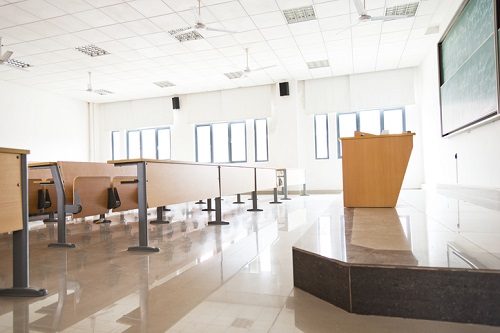
Building a collaborative workplace - one where ideas are shared and teams work harmoniously together is one of the top priorities at the world’s fastest-growing companies. It’s become so important that companies like Slack and Atlassian have built entire categories of software designed to make teams run smoother - helping them communicate better, free up bottlenecks and release those creative juices.
Like the workplace, classrooms too can benefit from students working collaboratively. Not only does it prepare them for the workforce, but it also helps them to problem solve, understand different perspectives and navigate situations.
So how do you build a collaborative classroom?
Lead by example
Parents and teachers need to work in a collaborative manner - if the adults in these students lives don’t work as a team, how can they be expected to? A simple way to do this would be to streamline communication between the classroom and the home by using technology to prompt parents to take action. Teachers can notify parents about what’s happened that day in class, what homework little Tess might have to do that night and whether there are any outstanding permission notes that need to be signed or absences that need to be explained. Open lines of communication are key to building a collaborative classroom.
Then get out of the way
Micro-managing your students not only stifles creativity and independence, but it is also the fastest route to building an environment which lacks collaboration. Once you’ve set clear boundaries, goals and parameters, stand back and let your students start to figure out the issue together. You’ll be surprised what they come back with. Of course, you should still be available to provide insight or help them if they are completely stuck but do so in a way that ensures they’re the ones solving the problem - don’t hand them the answers!
Streamline and integrate
Collaboration shouldn’t be a tick box on a report card, nor should it be something that adds to your workload. Instead, it should fit naturally into the flow of your day-to-day classroom activities. For example instead of having students use multiple usernames and passwords; create an online “front door” to your school accessed through your school management platform where they can access reports & assessments, school timetables, and course work.
Be supportive
Reward your students when they work in collaboration with teachers and other students. This will start to change the drivers of success in your classroom and will encourage students to improve how they work in the classroom. This task is simplified with an investment in software platforms that allow teachers to provide more regular feedback. This not only reinforces positive behaviour and connects students with their day-to-day performance, but it also allows teachers to easily record this information. End of term report compiling is then less onerous and teachers have solid examples and data points to refer to when grading teams.
That said, establishing a supportive, collaborative environment also means having the right training and education resources available for students, parents and educators so that everyone can evolve together.


